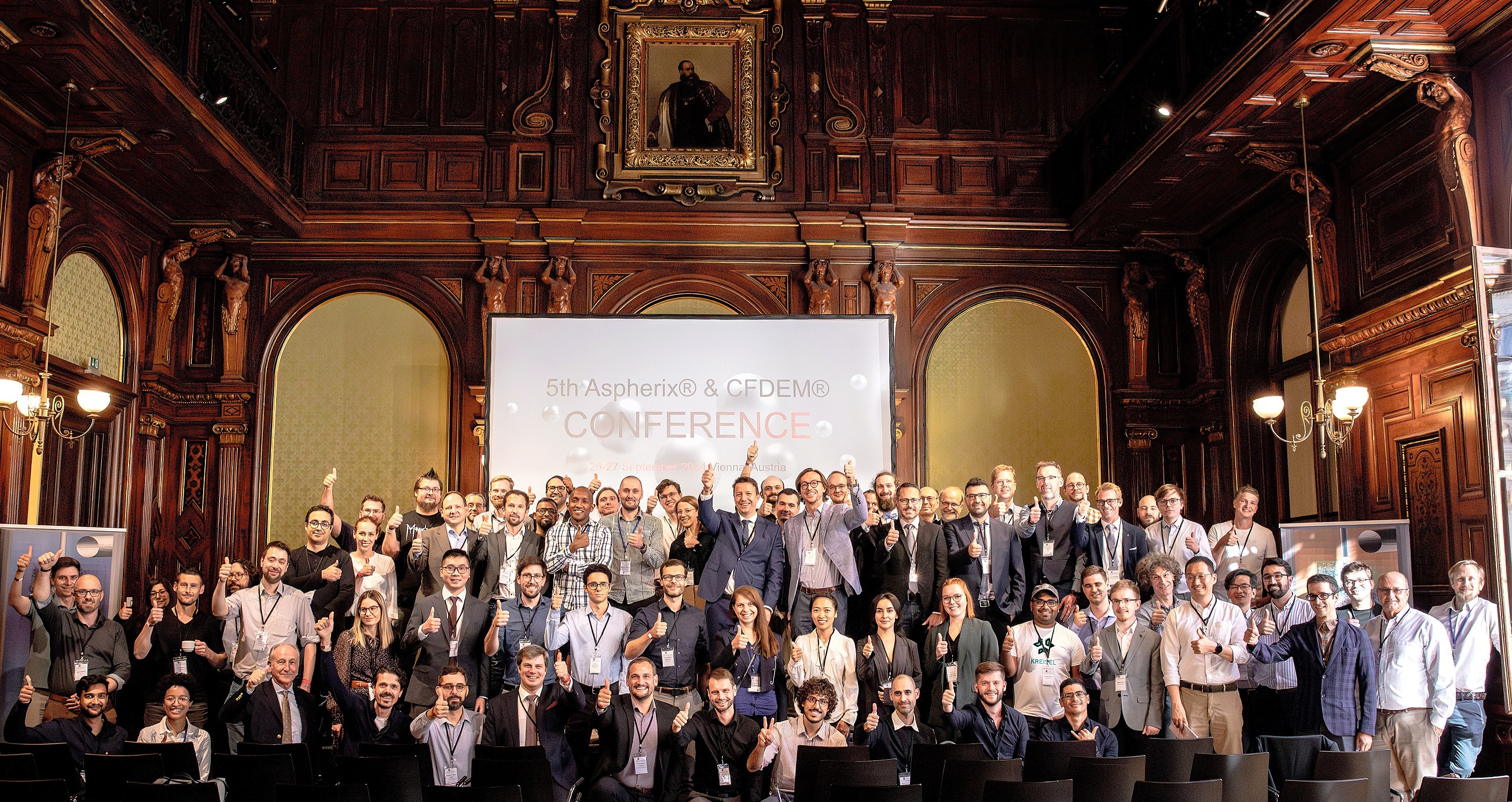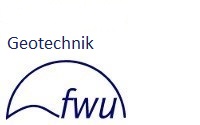5th Aspherix® & CFDEM® Coupling Conference
Our Research Assisstant Shervin Samadi visited the 5th in-person Aspherix® & CFDEM® Coupling Conference in Vienna, Austria, on September 26-27, 2024. The conference brought together professionals from academia and industry to discuss the latest advancements in the coupling of Computational Fluid Dynamics (CFD) and the Discrete Element Method (DEM), with a focus on particle-fluid interactions across a variety of applications.
Key Topics Discussed:
The conference covered a wide range of CFD-DEM-related topics, emphasizing both theoretical and applied research. Some key themes were:
1. Advanced Simulations of Particle-Fluid Interactions:
Presentations explored the various methods of coupling CFD and DEM for applications ranging from coastal engineering to debris flow analysis. A key focus of the discussions was the comparison between resolved and unresolved CFD-DEM simulations, highlighting the strengths and limitations of each approach.
2. Geotechnical Applications of CFD-DEM:
A significant number of presentations focused on geotechnical challenges, particularly erosion, which aligns closely with the focus of our research at the University of Siegen. We presented our research titled "Particle-based analysis of sediment rearrangements in the area of the foundation structure" during the conference. The presentation was part of the CableProtect-Sediment project.
3. Scaling and Computational Challenges:
Many participants discussed how expanding these simulations to larger systems often introduces difficulties in maintaining accuracy and computational efficiency. This issue becomes even more complex when dealing with multi-scale applications, where particle-fluid interactions occur across different spatial and temporal levels.
The conference offered valuable insights into the latest developments in CFD-DEM coupling. Future research efforts will focus on improving the efficiency and accuracy of large-scale simulations. Ongoing experimental tests will serve as key validation tools to ensure that the developed models align with real-world behaviors.

